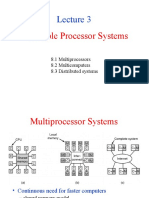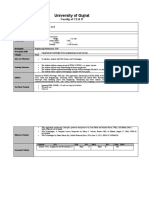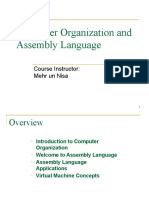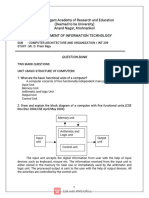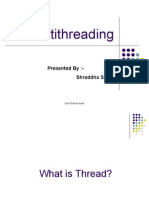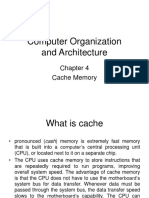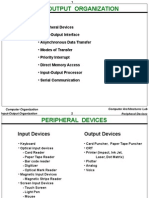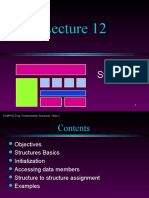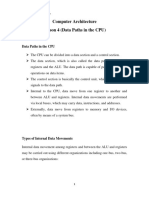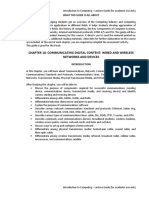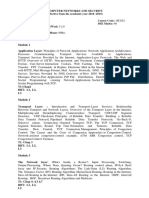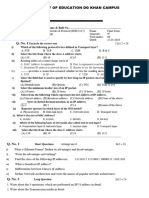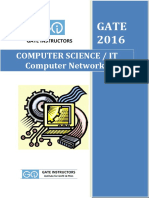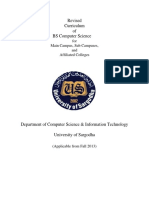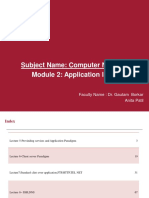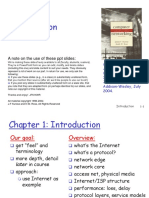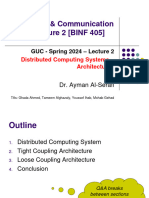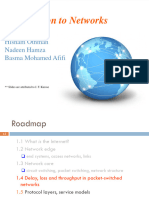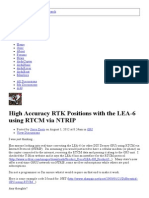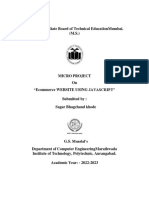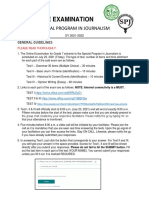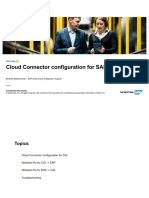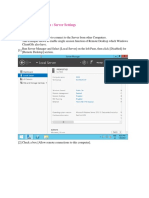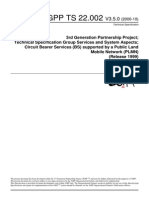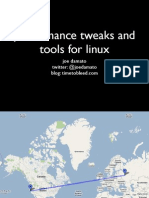0% found this document useful (0 votes)
109 views34 pagesLecture 1 Slides
This document provides an overview of an Introduction to Networks course. It outlines the course name, instructors' contact information, required textbooks, and assessment breakdown. The course covers topics like the Internet, network delays, application layer, transport layer, network layer, data link layer, and datacenters and cloud computing. Key points emphasized are that the slides are meant as an overview and main sources of study are the textbook and student notes.
Uploaded by
sh6k2hr6w8Copyright
© © All Rights Reserved
We take content rights seriously. If you suspect this is your content, claim it here.
Available Formats
Download as PDF, TXT or read online on Scribd
0% found this document useful (0 votes)
109 views34 pagesLecture 1 Slides
This document provides an overview of an Introduction to Networks course. It outlines the course name, instructors' contact information, required textbooks, and assessment breakdown. The course covers topics like the Internet, network delays, application layer, transport layer, network layer, data link layer, and datacenters and cloud computing. Key points emphasized are that the slides are meant as an overview and main sources of study are the textbook and student notes.
Uploaded by
sh6k2hr6w8Copyright
© © All Rights Reserved
We take content rights seriously. If you suspect this is your content, claim it here.
Available Formats
Download as PDF, TXT or read online on Scribd
/ 34








